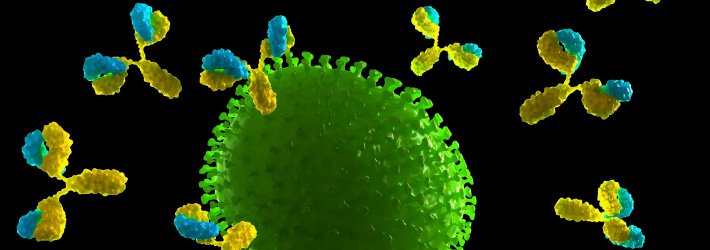Earlier today, the Supreme Court issued a unanimous decision in Amgen v. Sanofi, construing the statutory enablement requirement.
The case concerns antibodies that help reduce levels of LDL cholesterol. In 2014, Amgen obtained patents which purported to claim “the entire genus” of antibodies capable of (1) binding specific amino acid residues on PCSK9 and (2) blocking PCSK9 from binding LDL receptors. As part of its submission to the patent office, Amgen identified the amino acid sequences of 26 antibodies that perform the two above functions. Beyond that, Amgen only offered those skilled in the art two methods of making other antibodies that bind and block PCSK-9 as described. Soon after receiving its patents, Amgen sued Sanofi for infringement over a competing PCSK9-inhibiting drug.
Sanofi responded that the specification did not enable one of skill in the art to make and use the full scope of the antibodies that perform the two claimed functions. Sanofi argued that the asserted patents claim potentially millions of undisclosed antibodies that perform the two functions, and the two disclosed methods of making those antibodies require scientists to engage in a trial-and-error process of discovery. The district court agreed and concluded that the claims at issue were not enabled. The Federal Circuit affirmed.
Agreeing with the lower courts, the Court found that Amgen failed to enable all that it had claimed, even allowing for a reasonable degree of experimentation. The Court stated that Amgen sought to monopolize an entire class of antibodies defined by their function, and proscribed methods to make and use the undisclosed antibodies which “amount[ed] to little more than two research assignments.” The Court highlighted that the first method merely described Amgen’s own trial-and-error method for finding functional antibodies, while the second amounted to no more than blind substitution of components of those antibodies, “an uncertain prospect given the state of the art.” The Court further noted that an enabled claim does not force a person of skill in the art to engage in painstaking experimentation.
Amgen raised three alternative arguments in support of its position, which the Court found lacked merit. Amgen first suggested that the Federal Circuit erred by conflating the question of whether an invention is enabled with the question of how long it may take one of skill in the art to make every embodiment within a broad claim. In response, the Court reasoned that the Federal Circuit made clear it was not treating the cumulative time and effort it takes to make every embodiment as dispositive. Amgen next argued that the Federal Circuit raised the bar for enablement of claims that encompass an entire genus of embodiments defined by their function. The Court again was not persuaded and found the Federal Circuit’s decision consistent with precedent and Congress’s directive that the more a party claims, the more it must enable. Finally, Amgen warned that affirmance risks “destroying incentives for breakthrough inventions.” Here, the Court found that the issue of striking the proper balance between incentivizing inventors and ensuring the public receives the full benefit of their innovations belongs squarely to Congress.
The Court concluded by saying that it was re-affirming Congress’ judgment that “if an inventor claims a lot, but enables only a little, the public does not receive its benefit of the bargain.” The Court’s opinion elsewhere made clear, however, that this was not a bright-line rule: “That is not to say a specification always must describe with particularity how to make and use every single embodiment within a claimed class…In some cases, disclosing [a] general quality may reliably enable a person skilled in the art to make and use all of what is claimed, not merely a subset.” Accordingly, enablement will continue to be a legal question that must be assessed on the specific facts of each case.


